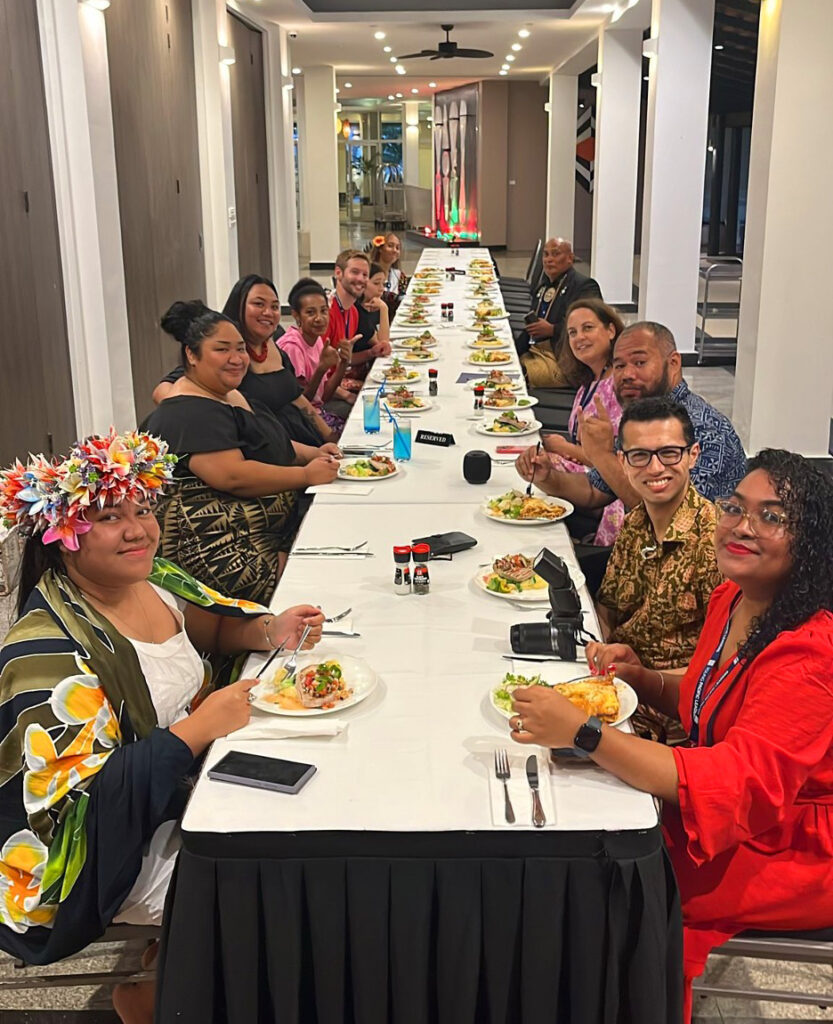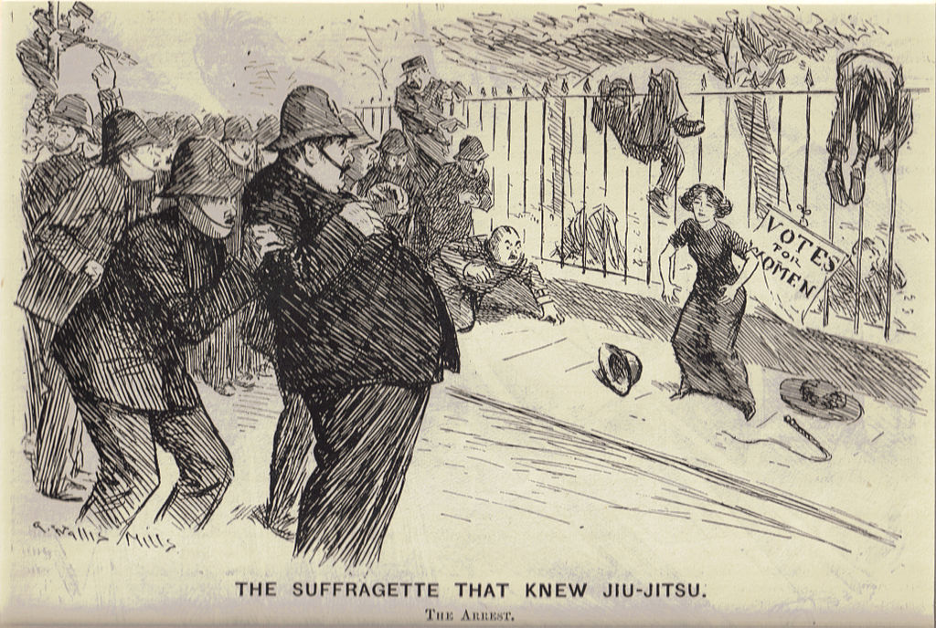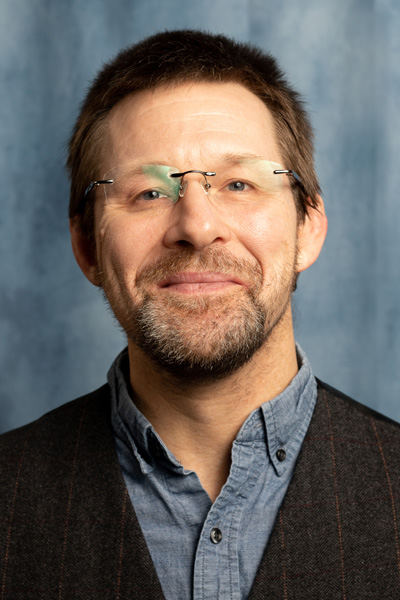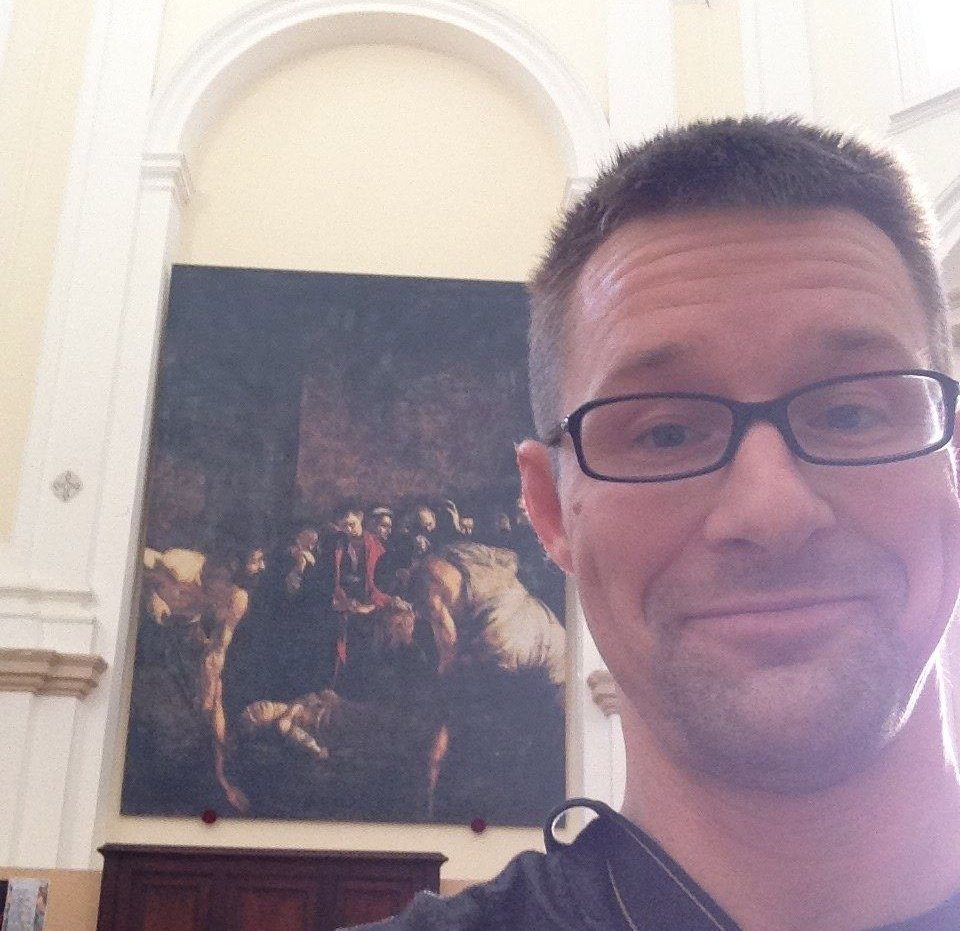Jeff Shaw
-
Do y’all listen to Of Montreal?
Let me assume you don’t, so I can give a little exposition, and those of you that do can feel hip and edgy. They’re an indie pop band with a theatrical bent, and they just released their 16th album. This track is the soundtrack to this faculty update: I’ve timed the word count so that the tune should be ending just as the average reader completes the listen. We’ll get back to it at the end.
The update is coming in late because of the critical question: Where to begin? The changes over the past year feel seismic. It’s a lot. I know you feel it, too. So let’s just dive right in.I’m teaching J207 (Newswriting) and advising the Planet (ENVS413) this term. If you’re interested in environmental journalism, feature writing, or multimedia production, you might want to sign up for that next term. We have a great time.
Also great times: I returned to the South Pacific this year when Prof. O’Donovan and I, along with colleagues, went to Tonga to run a workshop about how to tell climate stories and address climate misinformation with young leaders from around the South Pacific. Okinawa and Palau are two of my favorite places in the world, so spending time in the region is always a plus, and Tonga – a multi-island monarchy — is a unique, spectacular place. Whenever I’m looking for inspiration, next generation indigenous leaders from around the world generally supply what I need. These folks did. We should put them in charge.

Leaders from more than a dozen pacific island nations, representatives from the U.S. State Department and NBC News joined WWU faculty at the Young Pacific Leaders conference in Tonga last year. // Photo by Jeff Shaw I’m working on other grant projects as well, applying to take a small team to Nigeria to do workshops combating gender-based violence, and potentially taking a a few students on a reporting exchange trip to Singapore. Stay tuned.
Some colleagues and I will also be 7th World Journalism Education Congress Heads to San Francisco August 8-10, 2025. I’m hoping to present a paper there on media representations of jiu-jitsu around the turn of the last century. There’s a lot to unpack in the way this art was represented by newspapers at the time: The Seattle Star ran a series of five front-page cartoons just about this, and there are lots of race, class and gender elements that still resonate to this day.
I’ll also be teaching an Honors Seminar this coming winter quarter: It’s about the history and evolution of martial arts, and how fight culture is shaped by social forces. The way a culture fights is closely entwined with its historical and political context, as well as the identities and social roles of its practitioners. What do the battlefields of Sekigahara at the dawn of 17th century have in common with St. Andrew’s Hall in Glasgow in 1914, or the Berlin Olympics on the cusp of the Second World War? At each of these places, watershed historical events transformed entire societies – a conflict that brought Japan out of feudalism, a movement that helped British women win suffrage, a sporting event that staged the battle lines against fascism – and the martial arts played a critical role each time. Check out this cartoon from “Punch,” a British publication:

The history of modern martial arts, from 1600 to the present, examines intersectional identities, how cultural exchange occurs and the purpose the fighting arts play in societies. We’ve come a long way from samurai fighting a pivotal civil war to everyday people training for fitness, sport and recreation, while watching the Ultimate Fighting Championship for entertainment.
One example: the martial art we now call Brazilian jiu-jitsu emerged from Japan, played a pivotal role in the British struggle for universal voting rights, and flourished in Cuba’s fighting scene – all before captivating an Emirati sheik who built his nation’s physical education program around it, and finally coming to America, where it birthed the billion-dollar industry called mixed martial arts. Students will examine the dispersal of jiu-jitsu, judo and other arts throughout the world and see how those arts interacted with the economics, politics, norms, and existing martial culture of the places they landed. Among the questions this class will tackle: Where around the world did the Japanese diaspora take their martial arts? This question will take us to the United Kingdom at the dawn of the 20th century, pre-revolution Cuba, Brazil, the United Arab Emirates and throughout the United States of America. This class explores that history via text and performance. It’s called “This is Why We Fight.”
So: Why do we fight?
These are fierce and often cruel times. I don’t need to tell you that. But this work – all work – is about people. About making lives better. About understanding that there will always be setbacks, but the good folks win in the end. If we haven’t won yet … it just means it’s not the end. Which brings us back to Of Montreal. If I’ve timed this right, you’re right at the end, and there’s this refrain:
But don’t lose hope, no, no no no no
Don’t feel sad,
‘Cause it’s a violent world.
But there’s still beauty:
I’ll take care of you if you take care of me.Here’s a Bellingham sunrise from this morning. It reminds me that there lots in this world worth fighting for – and so do those young Pacific leaders, and so do y’all. We’ll get there.

Taking in the beautiful morning sunrise from the Columbia neighborhood of Bellingham on Feb. 27, 2025. // Photo by Jeff Shaw



